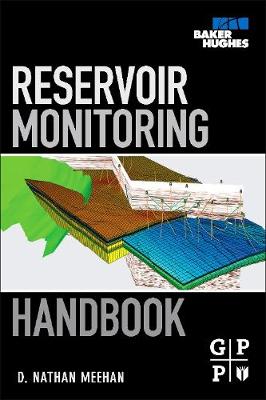Modern reservoir management requires continuous downhole monitoring systems to optimize the economic and operational performance of the assets. Parameters such as pressure, temperature and fluid flow provide valuable insights into the depletion dynamics of a reservoir that, if optimized, can be highly beneficial to the productivity and economics of the well. Unfortunately, oil and gas reservoirs represent some of the harshest, least accessible, environments on earth. This book is designed to familiarize engineers and management with the measurement systems, analysis/interpretation tools, and challenges available for reservoir monitoring activities.
Brief and readable this basic guide to Reservoir Monitoring will cover most aspects of reservoir monitoring design and application including traditional methods, as well as methods tailored to monitor the geomechanical response of a reservoir. The book begins with a clear and rigorous discussion of the challenges faced in producing and optimizing recovery from each type of reservoirs. This is followed by self-contained chapters concerning methods. These methods are currently available to the operator, the benefits, and challenges for each method, and will provides case studies illustrating the benefits and learning's achieved through properly designed reservoir monitoring programs.
The author presents the technical background and key monitoring aspects of a number of complimentary technologies, along with the application to monitor a variety of injections including SAGD, CSS, Waterflood, Fireflood, Waste injection, Co2 sequestration and other EOR projects. The book covers all aspects of monitoring design and optimization, installation, acquisition, processing and interpretation.
- ISBN13 9780123822093
- Publish Date 1 January 2029
- Publish Status Forthcoming
- Publish Country US
- Publisher Elsevier Science & Technology
- Imprint Gulf Professional Publishing
- Format Hardcover
- Language English
